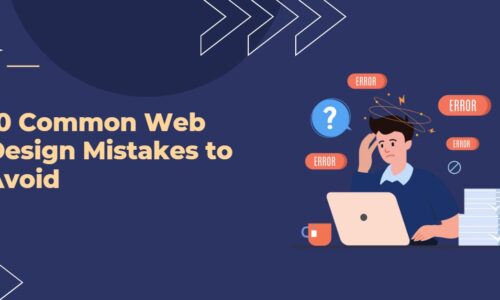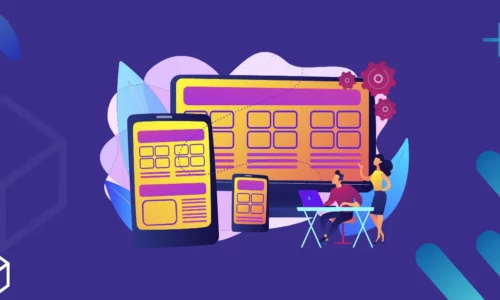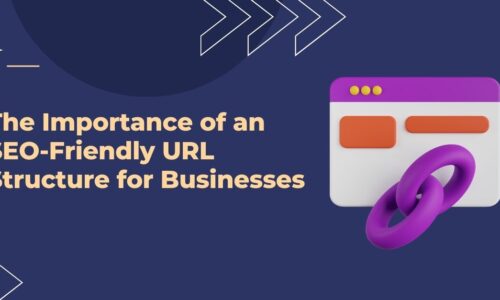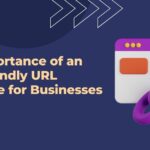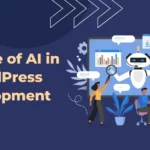Top 10 Tools for Web Designers in 20245 min read
- dhiraj
- 19/08/2023
- Web Designing
- 0 Comments
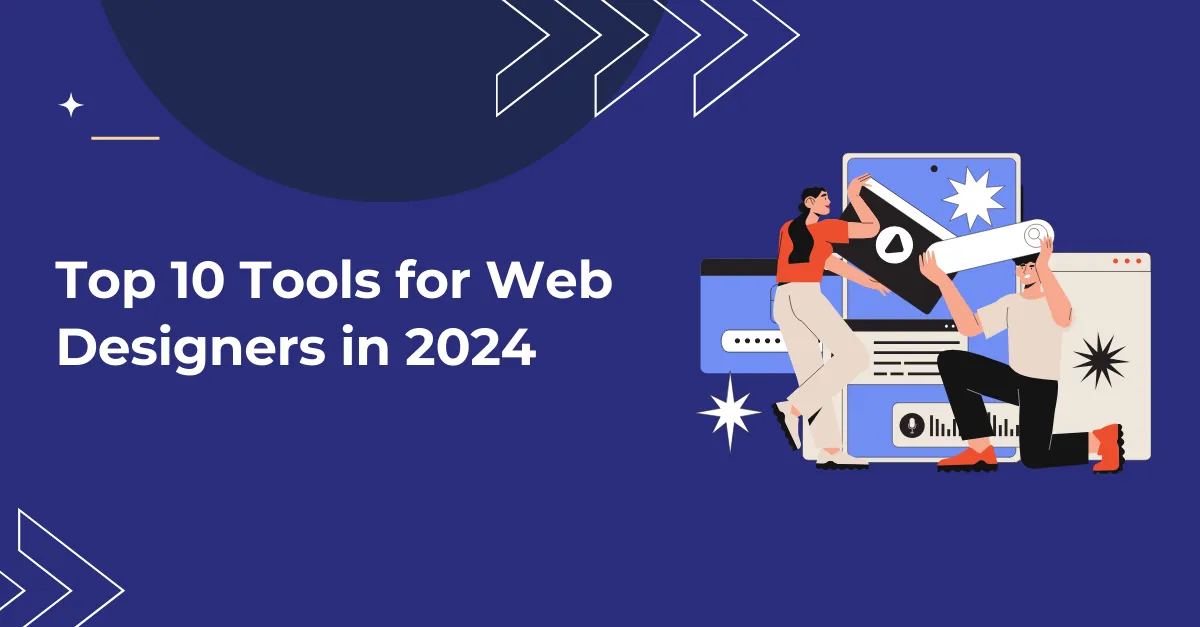
In the fast-paced digital world of 2023, web designers face both exciting challenges and endless opportunities. Creating visually appealing but functional and user-friendly websites requires the right tools. So as a Web designer, we use those tools daily to Complete our client’s projects. This article will discuss ten essential tools that every web designer should have in their arsenal. These tools will streamline your design process and help you create stunning websites that leave a lasting impression on your audience.
So Let’s deep dive and explore the Top 10 Tools for web designers.
1.Figma
Figma is a powerful cloud-based design tool that allows web designers to collaborate in real time. With Figma, you can easily create wireframes, mockups, and prototypes. From Creating web designs to Social media Posts, you can design in Figma. With the support of 1000+ Addons and Plugins, Figma has become one of the best tools for web designers.
Its main features include a versatile editing interface, interactive components, and the ability to create design systems. To start with Figma, sign up for an account and explore its intuitive interface.
Best practices include organizing your design files and utilizing Figma’s collaborative features.
2. Canva
Canva is a user-friendly design tool that empowers web designers to create stunning visuals without technical expertise. With Canva, you can design logos, social media graphics, Website banners, and entire website layouts effortlessly.
Its main features include an extensive library of ready-made templates, drag-and-drop functionality, and seamless integration with other tools. Now Canva also become a more powerful tool for Designers after the integration of Ai. It can give you Recommendations for your designs to make them more attractive and visually appealing.
Best practices include using Canva’s grid system and leveraging its built-in design elements.
3. Webflow
Webflow is a comprehensive web design and development tool that empowers designers to build websites from scratch without coding.
With Webflow, you have complete control over your website’s visual design, interactions, and even the CMS.
Webflow is one of the no-code tools Used to Design Modern Websites, such as 3d designs and cool animations. You can animate anything you want in Webflow without knowing a single line of code.
Its features include a responsive design editor, powerful CMS capabilities, and seamless hosting options. Best practices involve learning Webflow’s design terminology and mastering its interactions and animations.
4. Flaticons
Flaticons is a comprehensive icon library that provides web designers with a wide range of customizable icons. With Flaticons, you can easily find and use icons that match your design aesthetic. It offers icons in Animated, Classic, Grident, and Solid formats. You can choose various file types according to your Requirements.
Its main features include thousands of icons in various categories and styles and the ability to customize colors and sizes. Best practices involve organizing your favorite icons into sets and optimizing icon usage for different screen sizes.
5. Adobe XD
Adobe XD is a powerful design and prototyping tool for creating user interfaces and experiences. You can design interactive prototypes, wireframes, and even entire app experiences with Adobe XD.
Its main features include a comprehensive design toolkit, real-time collaboration, and the ability to create animations. Best practices involve utilizing the repeat grid feature and optimizing your designs for different devices.
6. Behance
Behance is more than just a portfolio platform; it is a thriving creative community where web designers can showcase their work and gain inspiration. With Behance, you can take inspiration not only for
Web designs but also for App designs. The most interesting part about Behance is that you can take inspiration based on Industries and any specific Element for your design.
With Behance, you can create an online portfolio to display your projects and connect with other creatives. Its main features include project sharing, collaboration opportunities, and the ability to discover design trends. Best practices involve optimizing your portfolio for searchability and engaging with the Behance community.
7.WordPress
WordPress is not just a blogging platform but a versatile content management system that simplifies web design and development. With WordPress, you can build websites, create custom themes, and even manage e-commerce stores. WordPress alone powers 60 % of websites on the internet; that makes it one of the most used tools for web designing.
Its main features include a user-friendly interface, a wide range of plugins & themes, and support from multiple page builders that Allows any level of web designer to Create stunning-looking websites and robust SEO capabilities.
Best practices include utilizing responsive themes and optimizing your website for speed and security.
8. Framer
Framer is an advanced prototyping tool that enables web designers to create complex and interactive user interfaces. With Framer, you can bring your designs to life with realistic animations, transitions, and even user-driven interactions. The Framer’s new ai feature can create a pleasing website in seconds.
Its main features include a code editor, advanced animation capabilities, and the ability to integrate with other design tools. Best practices include understanding the fundamentals of JavaScript and utilizing Framer’s interactive components.
9. Mockflow
Mockflow is a collaborative wireframing and design tool allowing web designers to create and share mockups efficiently. With Mockflow, you can swiftly prototype web and mobile interfaces while collaborating with your team.
Its main features include pre-built UI components, real-time collaboration, and the ability to create user flows. Best practices involve utilizing the drag-and-drop functionality and maintaining consistency across your mockups.
10. Coolors
Coolors is a handy color palette generator that assists web designers in creating cohesive and visually appealing color schemes. With Coolors, you can effortlessly generate color palettes and explore countless combinations.
Its main features include locking colors, exporting palettes, and extracting colors from images. Best practices involve understanding color theory and utilizing accessible color combinations.
Conclusion
In conclusion, these ten essential tools are vital for every web designer seeking to create beautiful and functional websites. Each device offers unique features and benefits, from collaborative design platforms like Figma and Canva to advanced prototyping tools like Framer and Adobe XD. When choosing the best tools for your needs, consider your design goals, preferences, and the complexity of your projects. Experiment with different tools, learn from inspiring examples and remember to have fun along the way. Now, it’s your turn! Which essential web design agency will you try first? Please share your thoughts in the comments below, and let’s continue the conversation!

